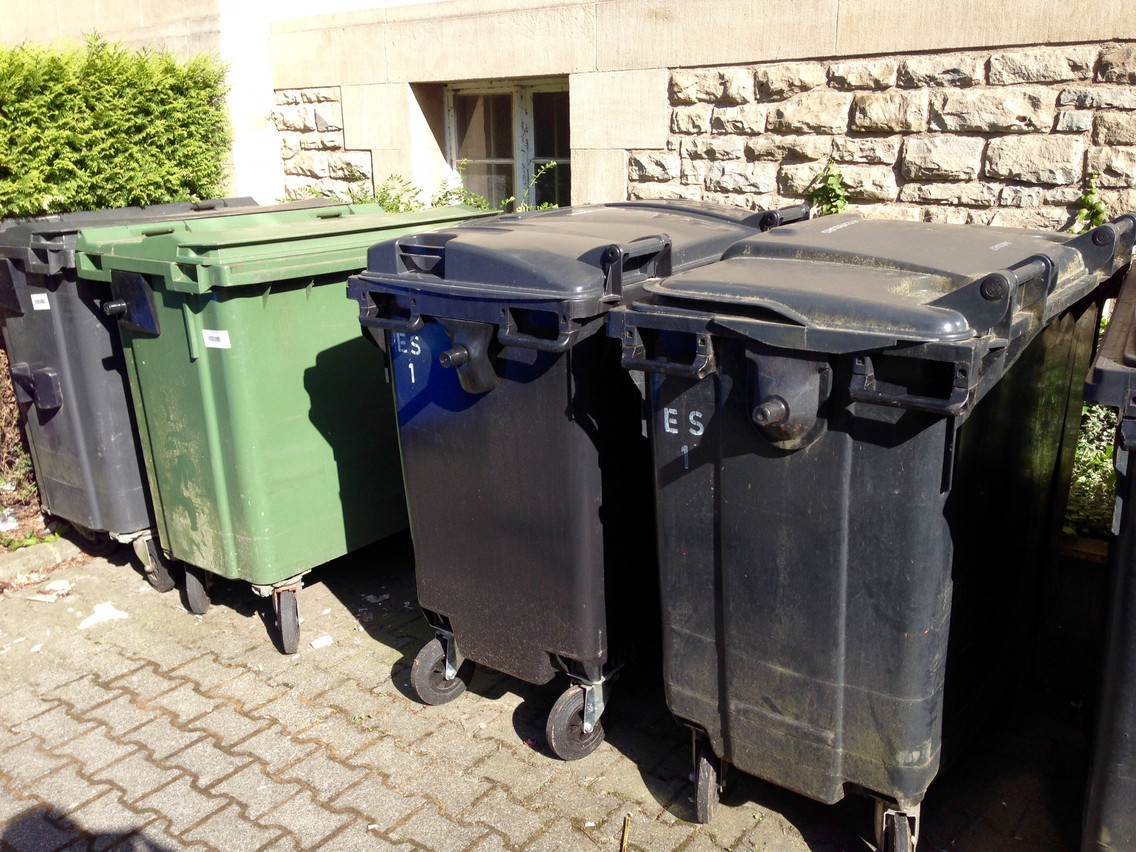This is the optimistic premise under which the MuD was conceptualised. The brainchild of ProGroup founder Romain Poulles and administrator Jeannot Schroeder--whose business is to create positive impact real estate that works within the circular economy--MuD takes its visitors through the short history of what is arguably one of humanity’s worst creations.
Waste is a human concept, according to the museum. This may be completely true but not often put into words. After all, in nature, nothing is lost--when something dies, it feeds other organisms. The same can’t be said for plastic bottles, despite their increasing proliferation in forests and seas. “Up to 74% of all waste that ends up in the black bins could be recycled. But it’s burned with the rest and represents a lost of recyclable material,” says Elma Agovic, who leads the tour through the museum.
Visitors are led through different rooms signifying different stages of waste creation. First, there’s the shock room, a visual and tactile space where the point is to show that humanity is close to being buried in its own garbage. The Home Sweet Home room that follows displays just how it is important to think before one buys stuff, because everything that is now garbage once was a purchase someone didn’t really think through. The exhibition makes an interesting point about fast fashion too.
These ideas are featured in a powerful manner through the installations put together by Youth & Work, an organisation that helps young adults who encounter difficulties entering the work force. With its tunnels and “houses” made from recuperated materials found in Luxembourg’s recycling centres, it has a certain Mad Max look, without the dust and experimental make-up.
The MuD is relatively small; anyone with an hour or so to spare can pop into the Josy Welter House just off the Place d’Armes in Luxembourg City’s centre. The project--with partners such as IMS--is sponsored by sustainable construction material company bamolux, Raiffeisen and the state among others, so admission is also free, though donations can be made after the visit through Payconiq. Another way to support the installation is through Litterati, an app that allows you to pick up trash--five items are needed for a ticket for the MuD--for free entrance.
A non-negligible detail of the museum is that it is made from durable and reusable material itself. This means that when the nomadic museum in May closes to move to its next location--Esch--it won’t leave anything for others to pick up and put in the bin.
While MuD makes it a point to explain that we--the visitors--are also part of the problem, I enjoyed the fact that it doesn’t end with an apocalyptic message. Instead, the tour ends with proof that better, more qualitative, and less wasteful products already exist. The museum gives the visitor the chance to be part of the solution, both by consuming less and by holding bigger companies accountable.
As one leaves the museum, the streets packed with shops selling stuff take on a new colour.
The musée des déchets is at the Josie Welter House at 8-10 rue de Genistre in Luxembourg City. More information can be found .
